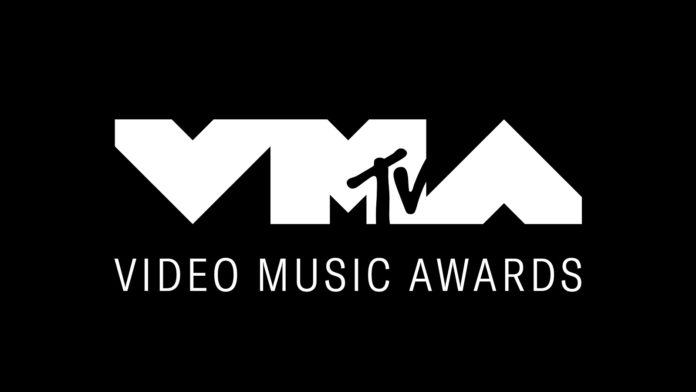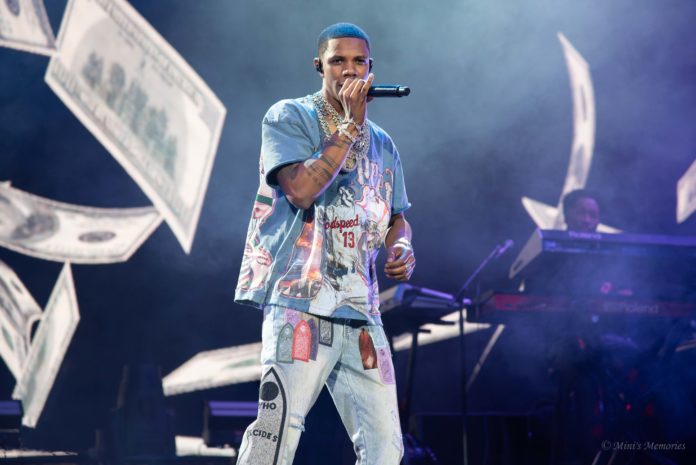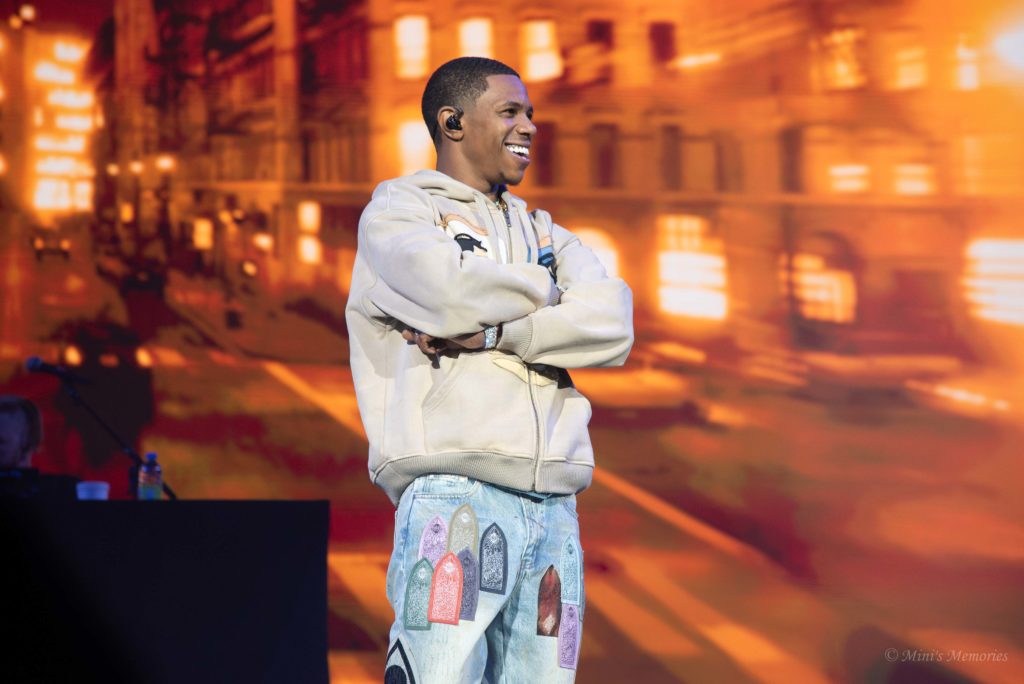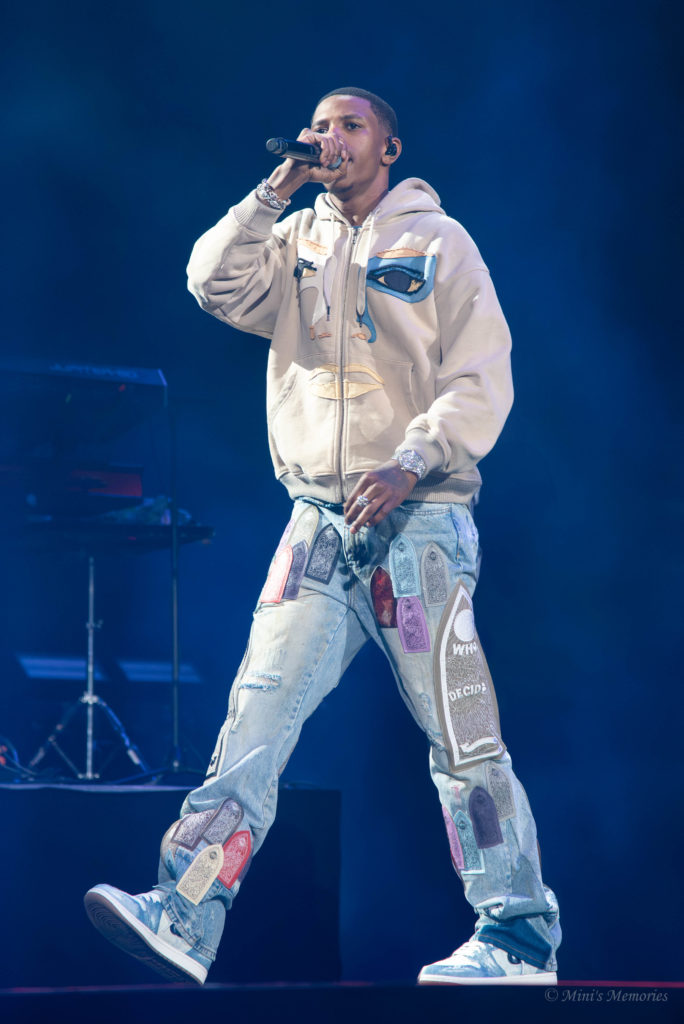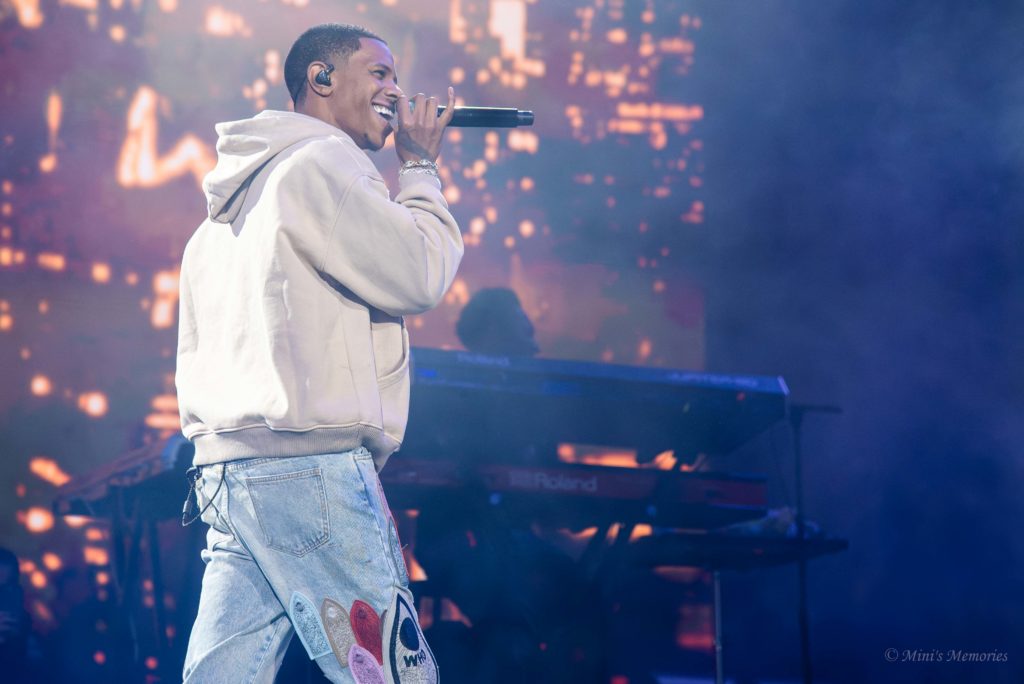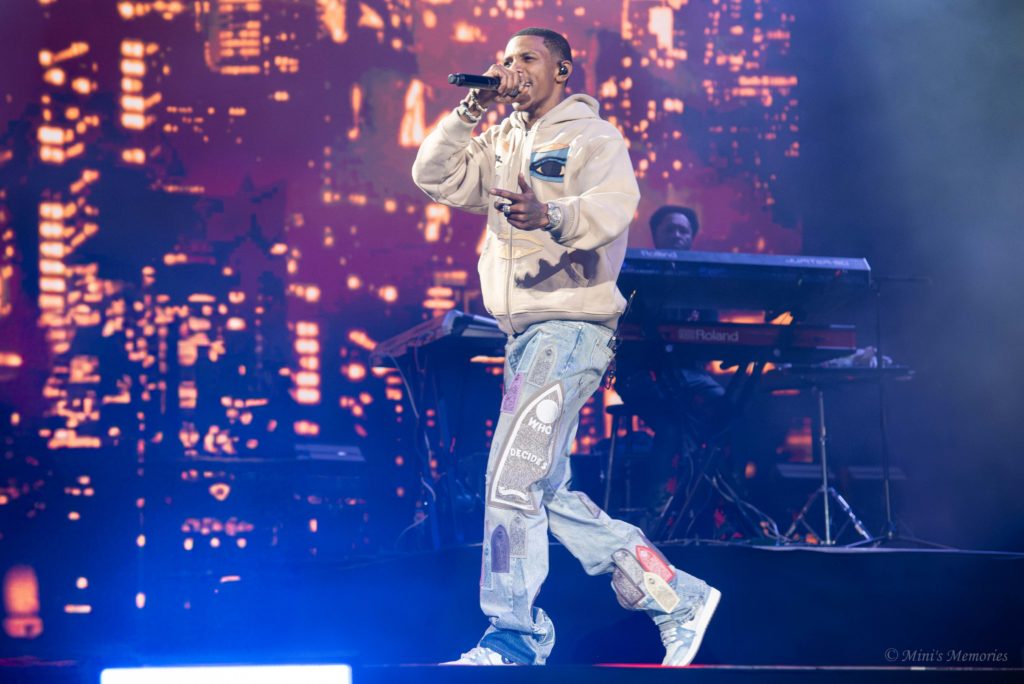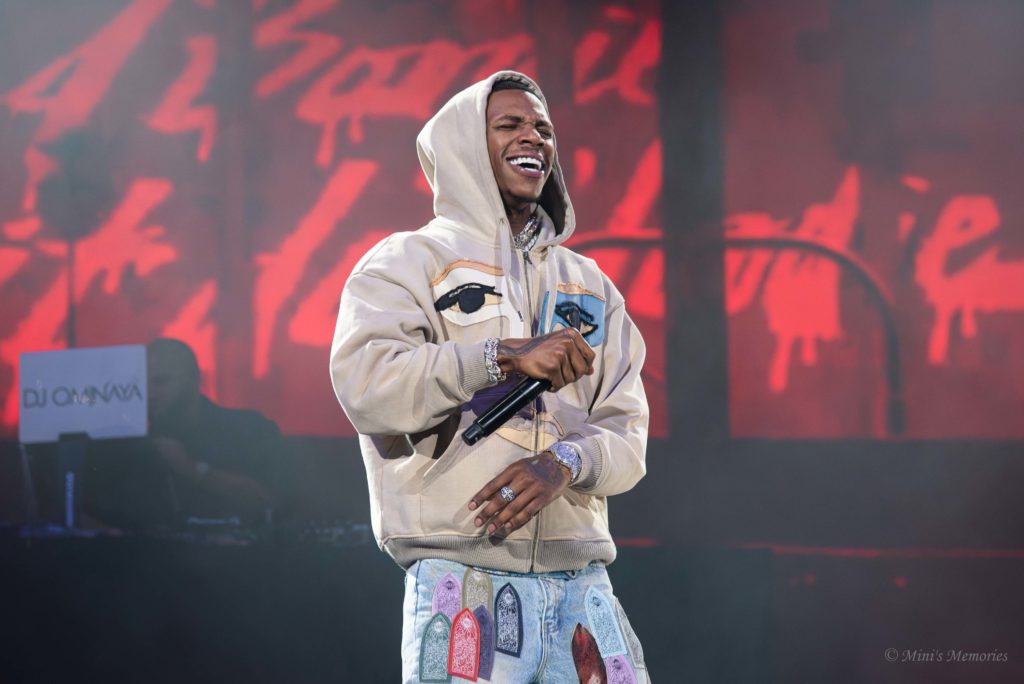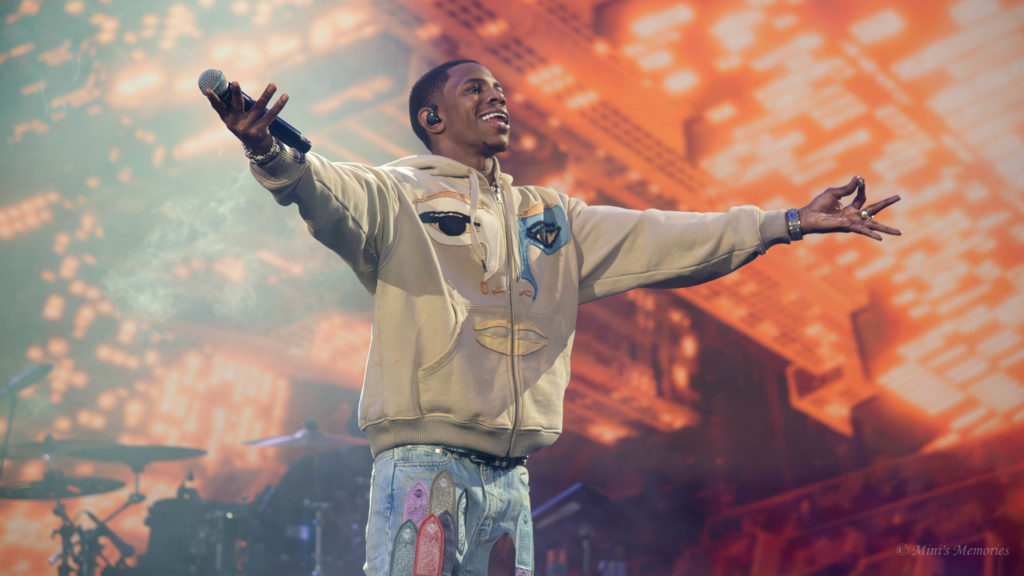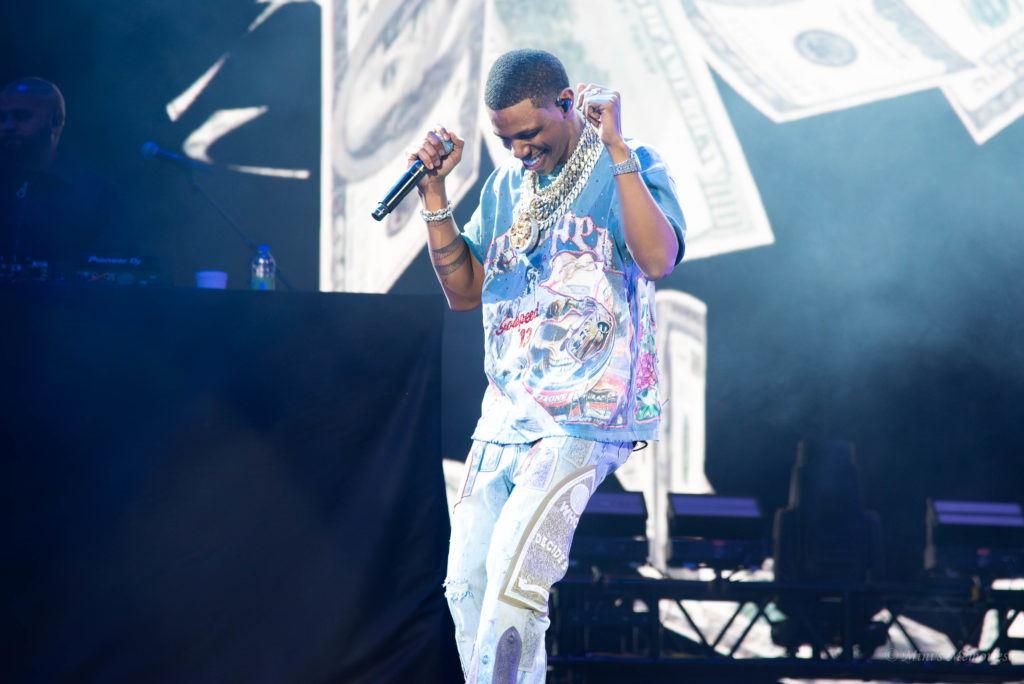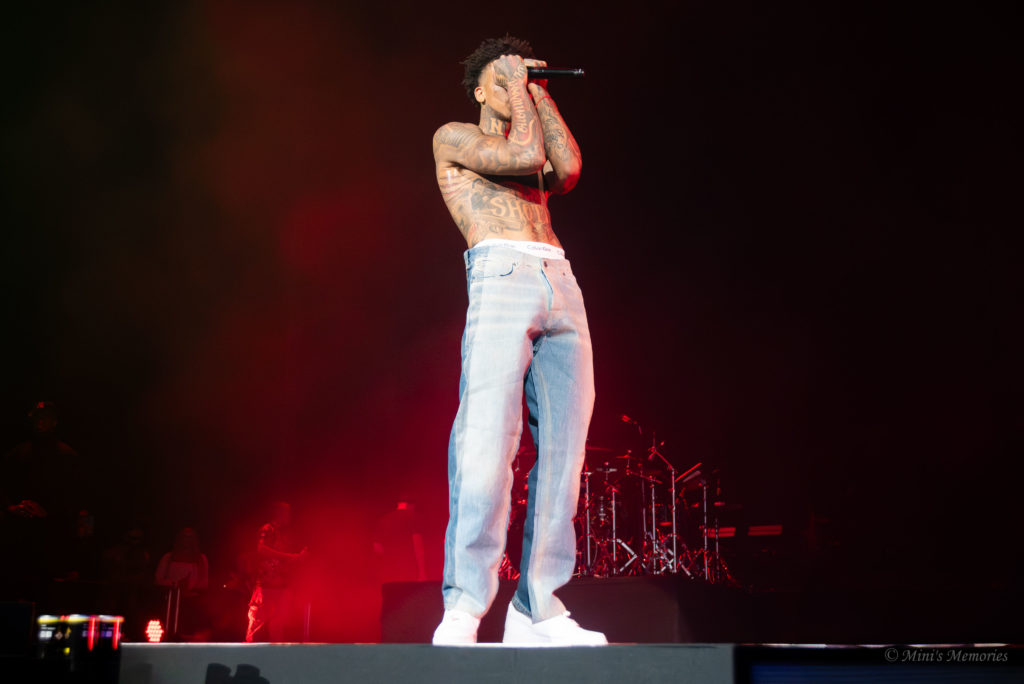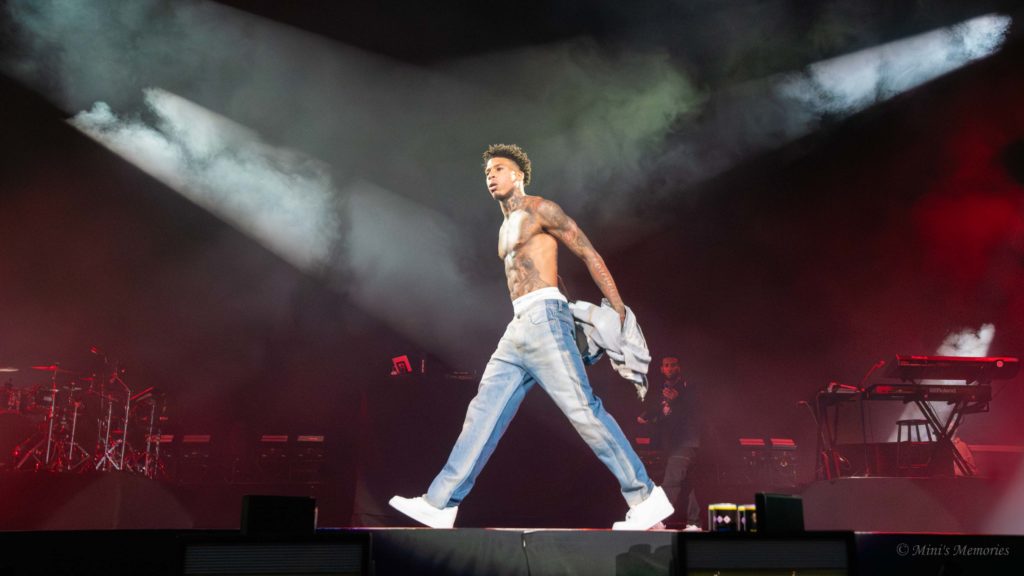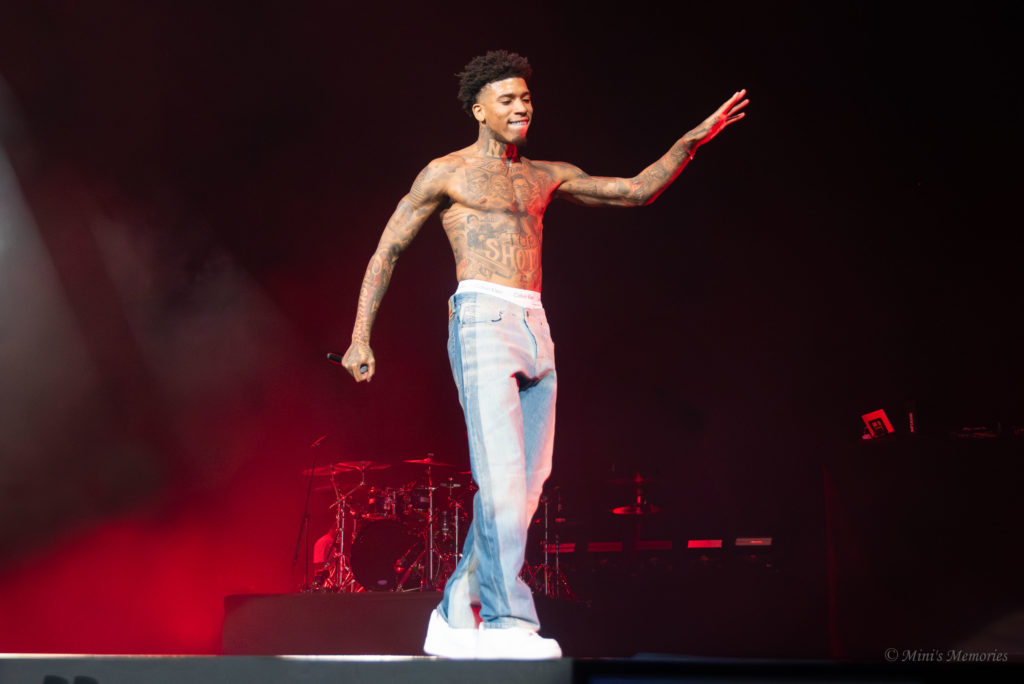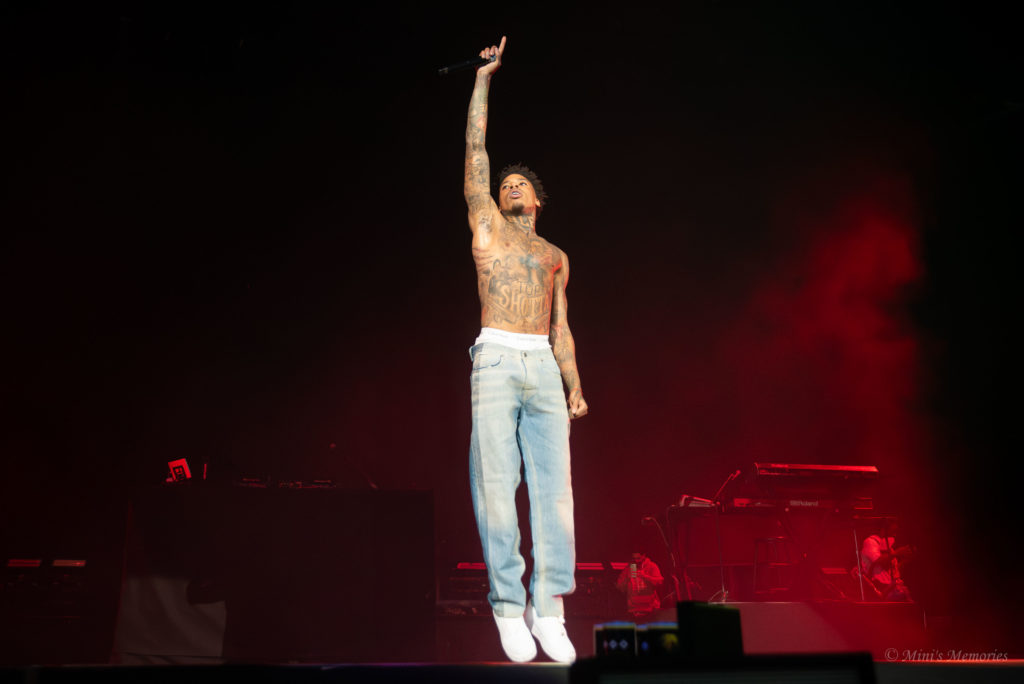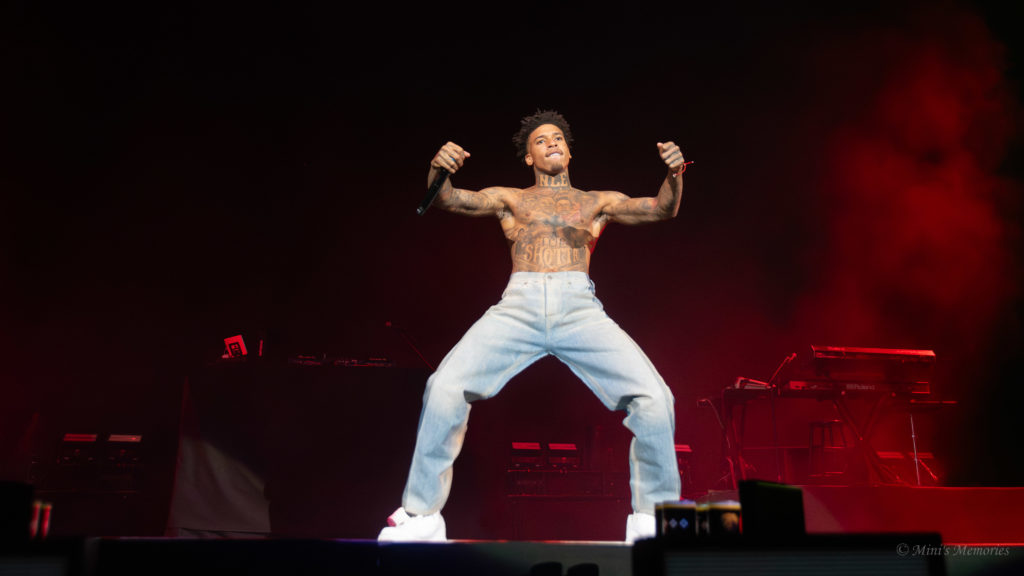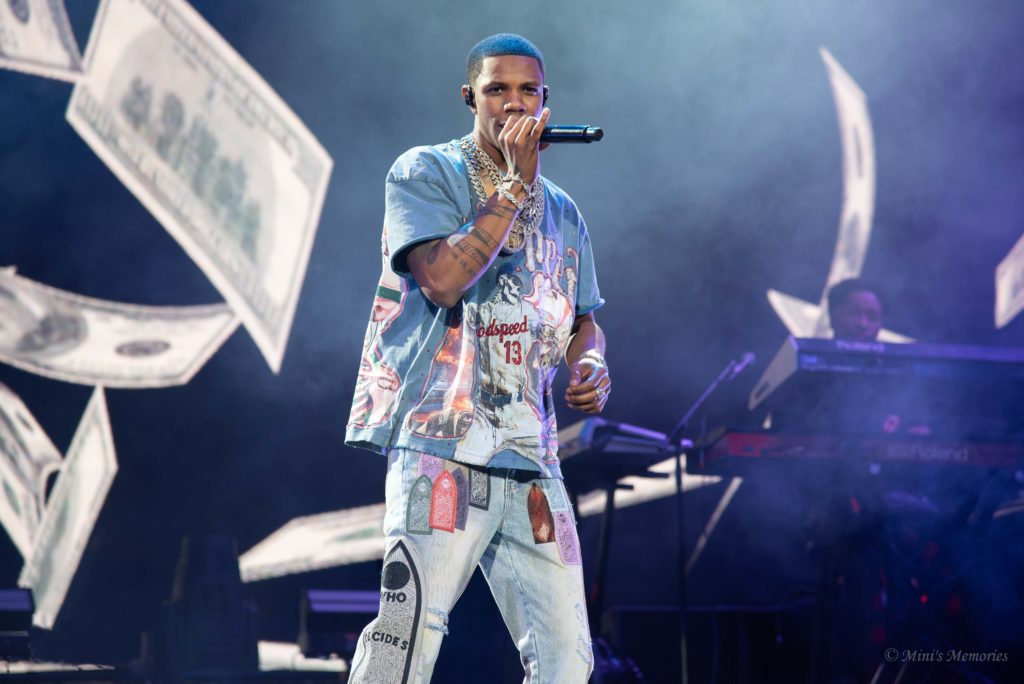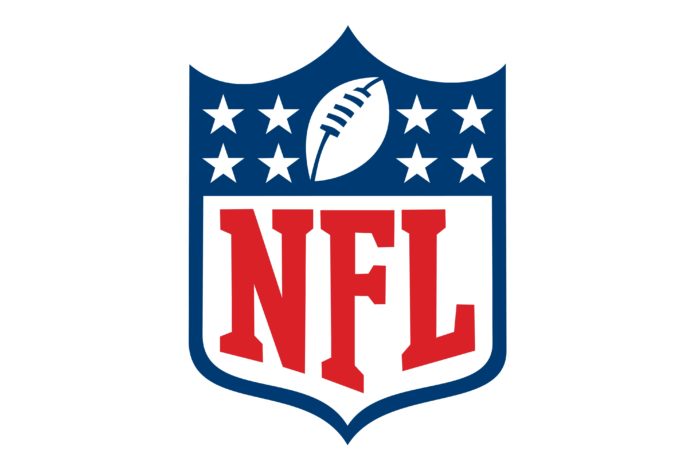By Mitch Rice
Diamond watches are a symbol of luxury and style, making them a must-have accessory for any fashionable man. With so many designs and brands available, choosing the right one can feel overwhelming. But don’t worry, we’re here to help!
In this post, we’ll cover the key factors to consider when selecting a diamond watch. Whether you want to make a bold statement or add a subtle touch of elegance, our guide will help you find the perfect diamond watch for men that matches your style.
Get ready to shine with your ideal timepiece!
- Style and Design
When selecting the perfect diamond watch for men, style and design are crucial. A watch is not just about telling time; it’s also a fashion statement. Sophisticated and elegant designs often appeal to men, showcasing luxury and class.
The materials used, including the type of metal and watch shape, also influence its style. It’s essential to choose a diamond watch that reflects your style and enhances any outfit with a touch of elegance.
- Length of the Chain
When looking for the perfect diamond watch for men, one key factor to consider is the length of the chain. The length of the chain can greatly affect the look and feel of the watch when worn. A shorter chain may give off a more polished and refined look, while a longer chain can add a touch of masculinity and strength.
It is important to consider the style and size of the person’s wrist when choosing the length of the chain. A well-fitted watch can greatly enhance the appearance and satisfaction of wearing a diamond watch.
- The Width and Thickness
The width and thickness of a watch can greatly affect its appearance on a man’s wrist. A watch that is too thin or narrow may appear too delicate and not suitable for a man’s style.
On the other hand, a watch that is too thick or wide may look too bulky and overpowering. Thus, finding the perfect balance between width and thickness is crucial in selecting a diamond watch that complements a man’s style and look.
- Gold Purity
Pure gold, also known as 24 karats, is too soft to be used in watches, so most are made with 18 or 14-karat gold. The higher the karat, the more pure the gold is and the more valuable the watch will be.
It’s important to take into account the gold purity when choosing a diamond watch as it can greatly impact the appearance and longevity of the piece. Whether it’s for a special occasion or an everyday accessory, make sure to consider the gold purity when selecting the perfect diamond watch for men.
- Intended Occasion
The purpose or setting of wearing the watch plays a crucial role in determining the style, design, and features of the watch. A formal or black-tie event may call for a more sophisticated and sleek design with a leather or metal strap in a classic color like black or silver.
For casual or everyday wear, a diamond watch with a sporty design and comfortable strap in a bold color may be more suitable. It is important to consider the intended occasion to ensure the watch complements the attire and makes a statement.
- Type of Clasp
The clasp is what holds the watch securely on the wrist, and a well-designed clasp can provide both functionality and aesthetics. There are various types of clasps available, such as the classic buckle, deployment buckle, and butterfly clasp, each with their unique features.
For a sporty and active man, a secure and durable clasp like the deployment buckle would be ideal, while a sleek and elegant butterfly clasp would be more suitable for a formal occasion. Choosing the right type of clasp can elevate the look and feel of the diamond watch, making it a perfect fit for any occasion.
- Karat Weight
This refers to the weight of the diamonds used in the watch, which directly reflects its value and quality. A higher karat weight indicates a larger, more valuable diamond, while a lower karat weight means a smaller, less valuable diamond.
The appearance and sparkle of the watch will also be affected by the karat weight, as larger diamonds tend to have more brilliance and fire. Thus, when selecting a diamond watch for men, it is crucial to consider the karat weight to ensure a high-quality and valuable investment piece.
- Versatility
A versatile watch can be worn for a variety of occasions and with different outfits, making it a practical and stylish investment. A diamond watch with a simple, classic design and neutral-colored strap can transition from a formal event to a more casual setting. Additionally, the size and style of the diamonds can also affect the versatility of the watch.
A watch with smaller, more subtle diamonds may be suitable for everyday wear, while a watch with larger, more elaborate diamonds may be better suited for special occasions. Versatility allows for the watch to be worn and enjoyed in a variety of settings, making it a valuable and versatile addition to any man’s collection.
- Personal Style
Every man has his unique sense of style and wearing a watch is a great way to enhance it. Whether one prefers a classic, timeless look or a more modern, bold style, the right diamond watch can make a statement.
It is important to take into account one’s style when selecting a diamond watch, as it will not only reflect their personality but also add a touch of individuality to their appearance. With so many options available, finding a diamond watch that suits one’s style will not only elevate their fashion game but also make one feel confident and comfortable.
- Budget
Diamonds, known for their elegance and luxury, can increase the price of a watch. Thus, it is crucial to set a budget and stick to it while searching for the perfect diamond watch. This will not only help narrow down the options but also prevent overspending.
It is also important to keep in mind that the price of a diamond watch is determined by various factors such as the carat, cut, clarity, and color of the diamonds. So, it is essential to focus on these factors based on personal preferences and budget constraints to find the perfect diamond watch.
- Maintenance Requirement
Diamonds are delicate gemstones that need regular care and cleaning to maintain their sparkling shine. The metal components of the watch also need to be maintained to prevent corrosion and damage. It is essential to choose a watch that is easy to maintain and has long-lasting durability to ensure it can withstand daily wear.
Additionally, some men’s diamond watches may also need professional servicing, which can be costly and time-consuming. Therefore, it is crucial to thoroughly research and consider the maintenance requirements of a diamond watch before making a purchase.
- Reputation and Quality of the Retailer
When it comes to purchasing a diamond watch for men, one important factor that should not be overlooked is the reputation and quality of the retailer. A reputable and trustworthy retailer not only ensures the authenticity of the diamond and its certification but also guarantees the quality of the watch itself.
With the abundance of counterfeit products in the market, it is crucial to purchase from a reputable retailer with a track record of selling genuine and high-quality products. This not only ensures that you are getting your money’s worth but also gives you peace of mind knowing that you are investing in a genuine and prestigious timepiece that will last for years to come.
- Skin Tone
The right watch should not only suit your style but also complement your skin tone to enhance your appearance. For men with fair skin, silver or white gold diamond watches add a touch of elegance and sophistication. On the other hand, men with warmer skin tones can opt for yellow gold or rose gold watches to bring out their natural glow.
Additionally, darker skin tones can be complemented by bold and statement-making diamond watches in colors like black, navy, or even green. Taking into consideration your skin tone when choosing a diamond watch will ensure that it not only looks visually stunning but also effortlessly enhances your natural features.
- Quality Workmanship
One crucial aspect that should not be overlooked is the quality workmanship of the watch. This refers to the craftsmanship and attention to detail put into creating the watch. A well-made diamond watch will not only be aesthetically pleasing but will also ensure durability and longevity.
This is why it is important to visit a reputable website like Frostnyc.com for your needs. With their expertise and experience, you can trust that the diamond watch you purchase will be of the highest quality workmanship and be a timeless addition to your collection.
Find the Perfect Diamond Watch for Men
In conclusion, choosing the perfect diamond watch for men requires careful consideration of factors such as style, budget, and durability. Whether it is for a special occasion or everyday wear, a diamond watch adds a touch of luxury and sophistication.
So, take these factors into account and choose a diamond watch that not only complements your style but also surpasses your expectations. Start your search for the perfect diamond watch today!
Looking for more tips and advice? You’re in the right place! Make sure to bookmark our page and come back to check out more interesting articles.
Data and information are provided for informational purposes only, and are not intended for investment or other purposes.


